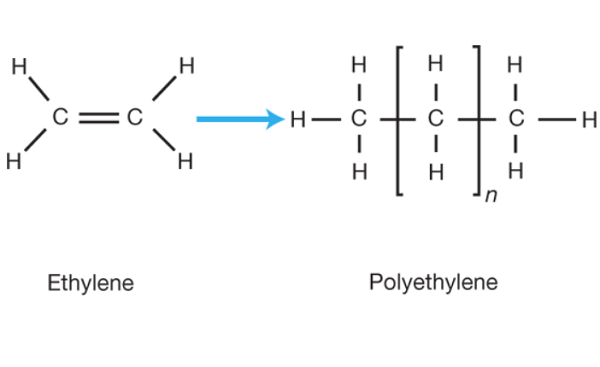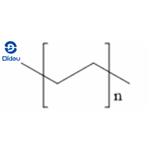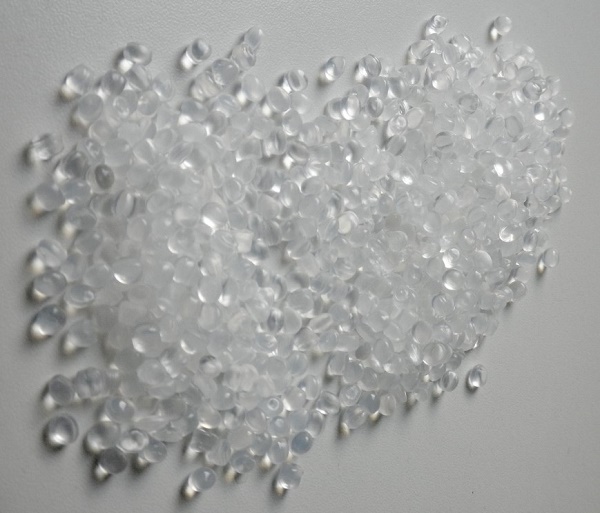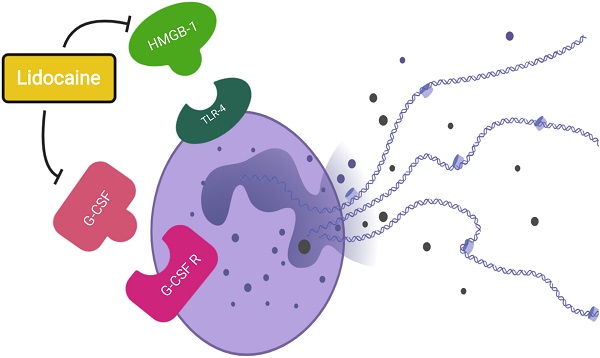How to synthesize Polyethylene?
Introduction
Ethylene (C2H4) is a stable molecule with two carbon atoms and a double bond. Polyethylene (PE) is made by the reaction of multiple ethylene molecules in the presence of a catalyst to break the double bond and connect the carbon atoms into a chain. The longer the chain, the higher the molecular weight. Polymers can have molecular weights in the millions.
Uses
Polyethylene is one of the most widely used plastics, with applications in packaging, consumer goods, and coatings, to name just a few. According to The Plastics Industry Trade Association, the use of polyethylene took off after the Second World War when a variety of high and low-density versions were developed. Large-scale production of these materials reduced their cost dramatically, enabling them to compete with the older plastics and the more traditional materials such as wood, paper, metal, glass, and leather. The introduction of alloys and polymer blends made it possible to tailor properties to fit certain performance requirements that a single resin could not provide.
Process method

Generally, the polyethene produced by the high-pressure process is called 'low density', and the polyethene produced by the medium-pressure or low-pressure process is called 'high-density polyethene'. In addition, there are low molecular weight polyethylene, ultra-high molecular weight polyethylene, cross-linked polyethylene, chlorinated polyethylene, chlorosulfonated polyethylene, ethylene-ethyl acrylate copolymer and other polyethylene and its copolymer. Developing various modifications and composite technologies allows polyethylene to engage in new applications.
It can be divided into high-pressure, low-pressure, and medium-pressure methods. High-pressure method is used to produce low-density polyethylene. This method was developed early, and its use has accounted for about 2/3 of the total output of polyethylene. However, with the production technology and catalyst development, its growth rate has greatly lagged behind the low-pressure method. Low-pressure methods are slurry methods, solution methods, and gas phase methods. The slurry method is mainly used for the production of high-density polyethylene. In contrast, the solution method and gas phase method can not only produce high density polyethylene, but also by adding comonomer. The production of low-density polyethylene is also known as linear low-density polyethylene. In recent years, a variety of low-pressure processes have developed rapidly. The current process of producing LDPE is mainly done by an autoclave and high-pressure tube method. The use of organic peroxide as initiator and free radical polymerization. Production of polyethylene consists of gas phase, solution, slurry and improved LDPE process. The slurry method is divided into a stirred tank slurry process and a loop reactor slurry method. The LDPE process is the modified version of LDPE equipment production. The pressure will be reduced with the use of the Ziegler catalyst for the production of linear polyethylene. Most of the current LLDPE is produced by gas phase and solution processes, while HDPE is mostly produced by slurry. Traditionally, slurry processes have been used to produce HDPE, but in recent years, the application loop reactor has also been evident in producing LLDPE.
At present, the world's main applications of polyethylene production technology share 11 species; China's PE production process has 8 kinds:
(1) High-pressure tube and kettle reaction process;
(2) Mitsui chemical low-pressure silt method CX process;
(3) BP gas phase Innovene production process;
(4) Chevron - Phillips company double loop reactor LPE process;
(5) Nordic Chemical North Star (Bastar) Shuangfeng process;
(6) Low-pressure gas phase Unipol process;
(7) Basel Polyolefi n Company Hostalen Crafts;
(8) Sclartech solution production process.
You may like
Related articles And Qustion
See also
Lastest Price from Polyethylene manufacturers

US $0.00-0.00/KG2025-12-02
- CAS:
- 9002-88-4
- Min. Order:
- 1KG
- Purity:
- 98
- Supply Ability:
- 10000KGS

US $150.00/kg2025-11-27
- CAS:
- 9002-88-4
- Min. Order:
- 1kg
- Purity:
- 99%
- Supply Ability:
- 20tons



